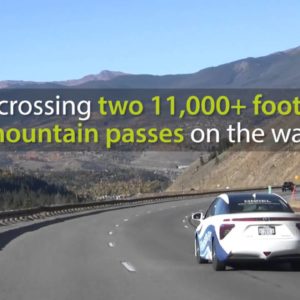
Recently, researchers at the National Renewable Energy Laboratory wanted to know, how well does NREL’s hydrogen infrastructure support fueling multiple fuel cell electric vehicles (FCEVs) for a day trip to the Rocky Mountains? The answer-great! NREL staff took FCEVs on a trip to demonstrate real-world performance and range in high-altitude conditions. To start the trip, drivers filled three cars at NREL’s hydrogen fueling station. The cars made a 175-mile loop crossing two 11,000+ foot mountain passes on the way. Back at NREL, the cars were filled up with hydrogen in ~5 minutes and ready to go again.
View this complete post...












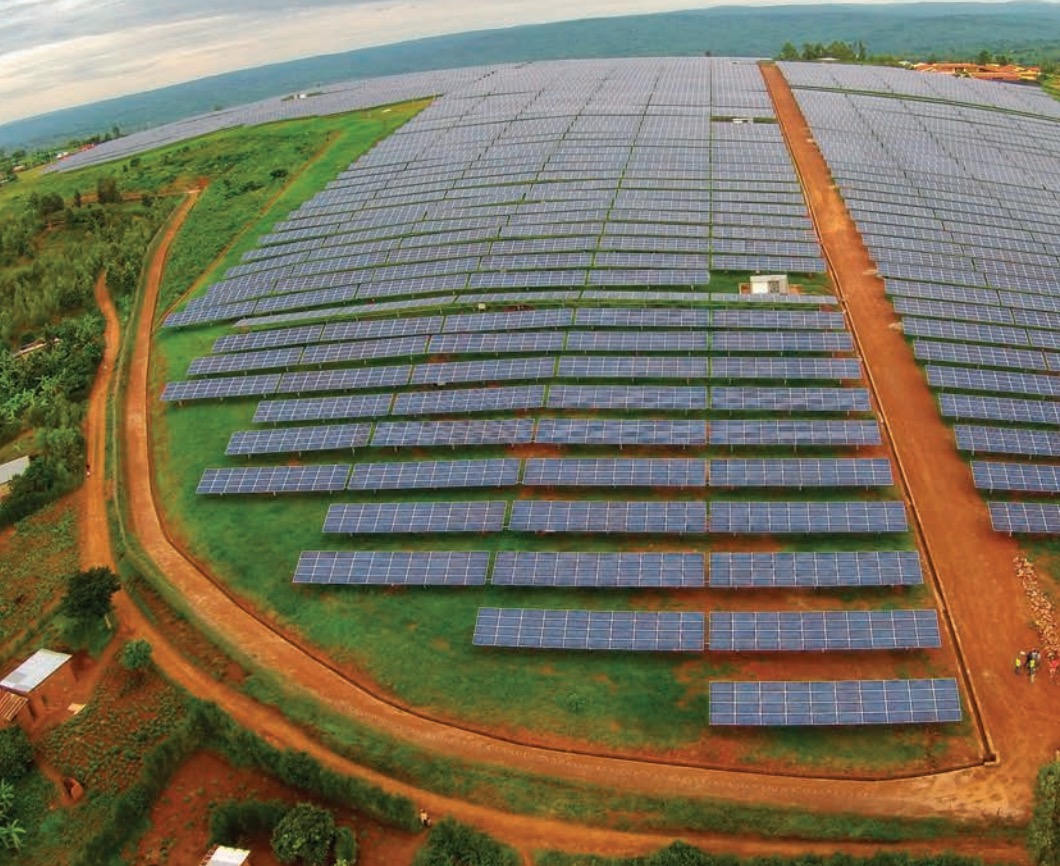
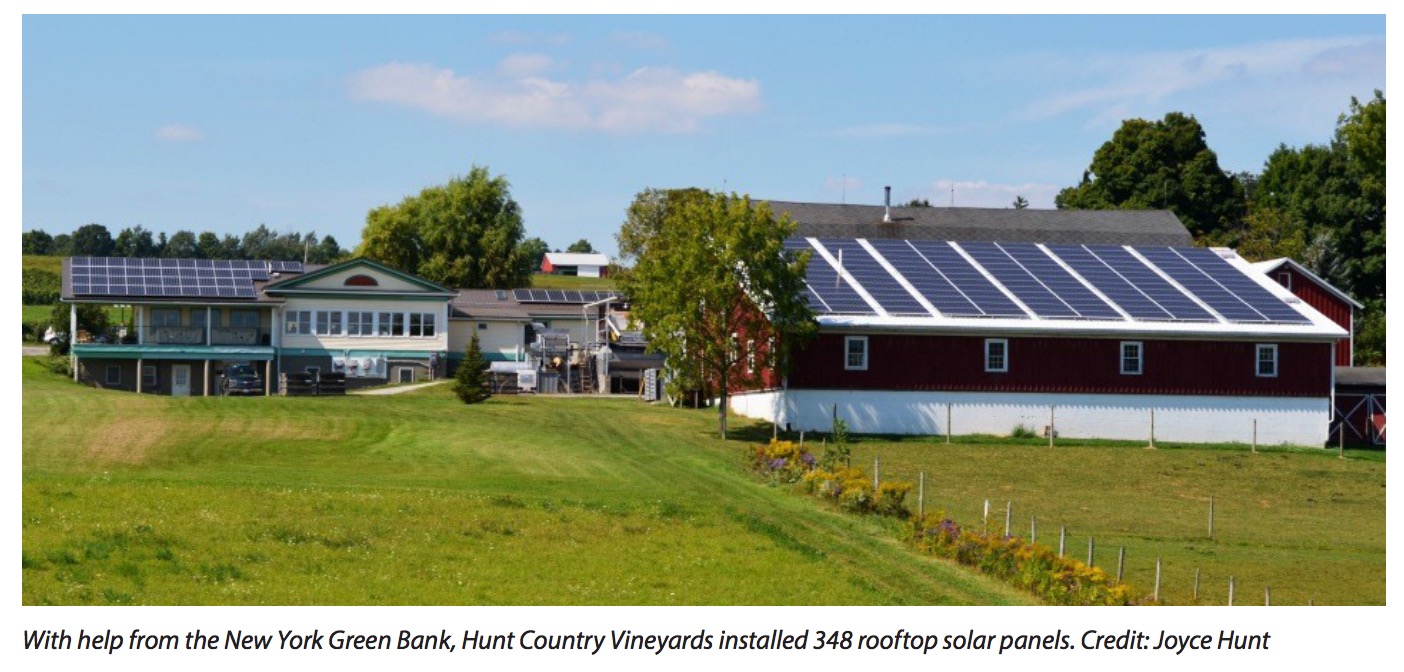

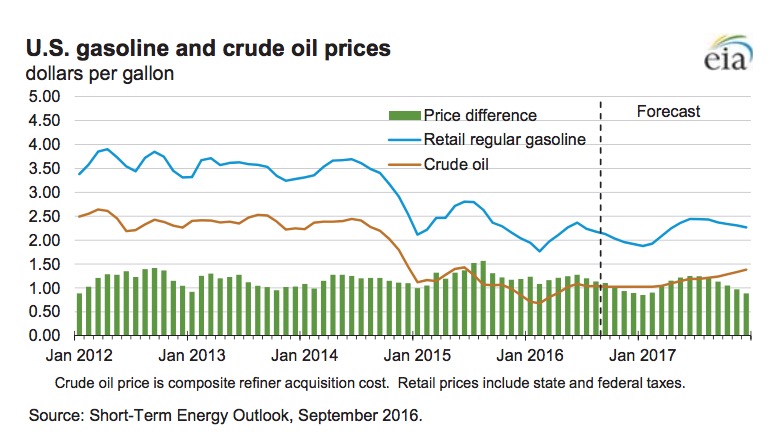
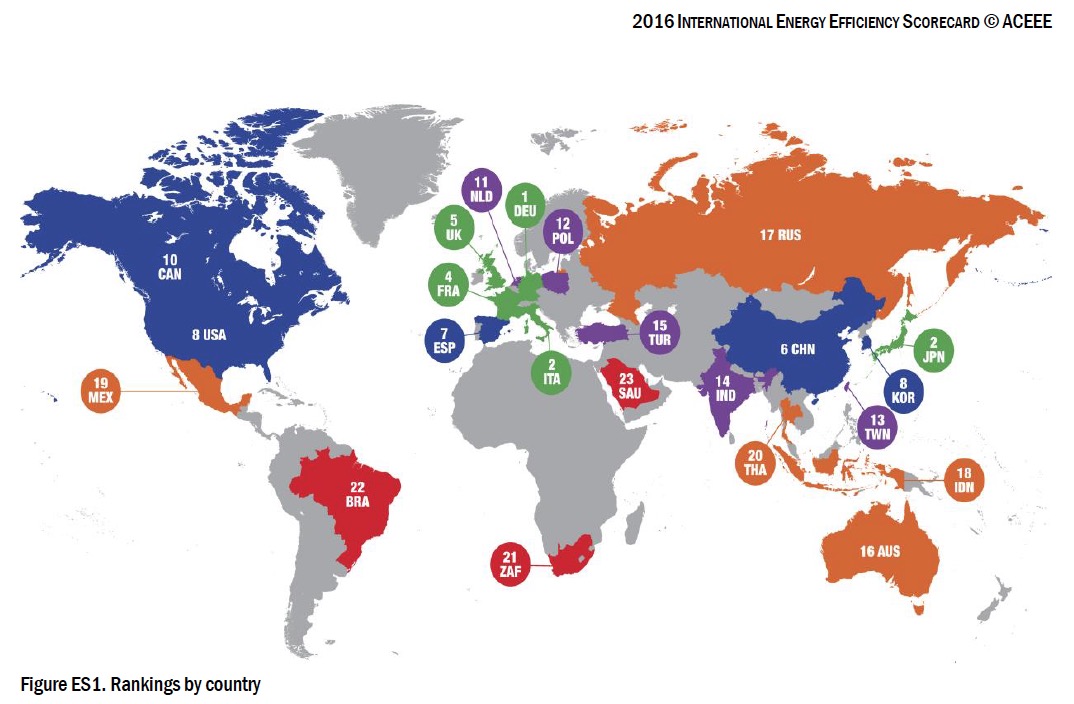
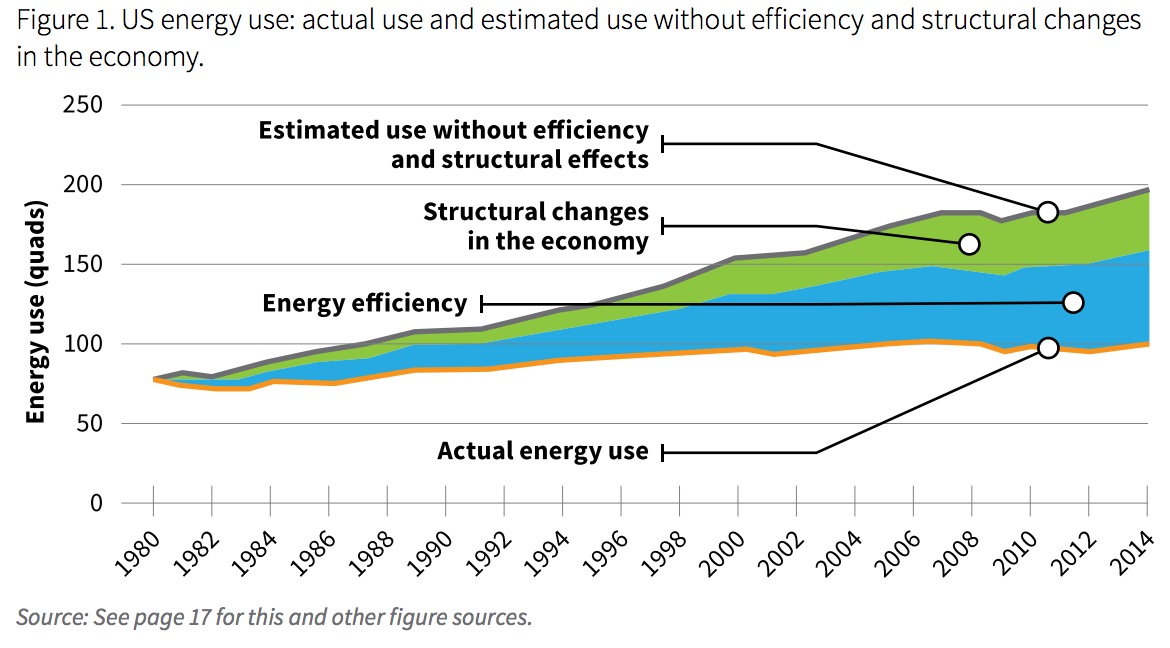

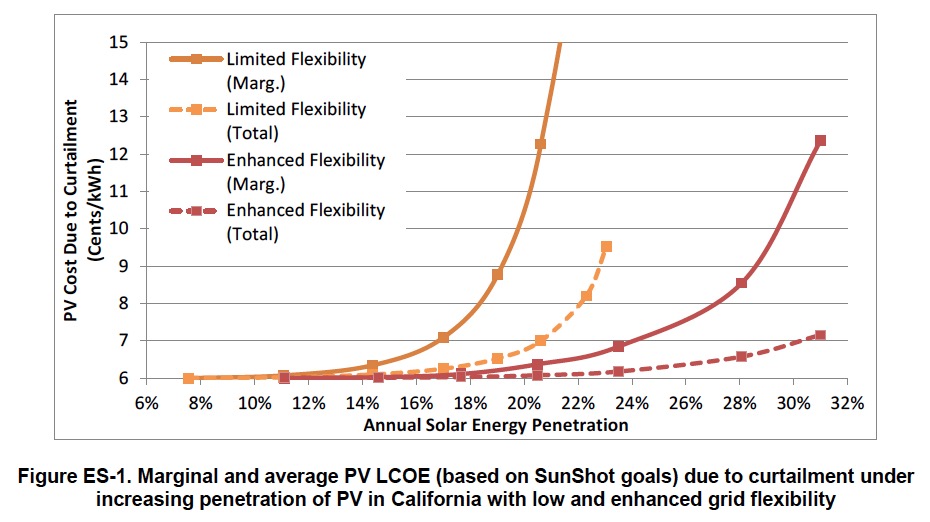

 RSS Feed
RSS Feed